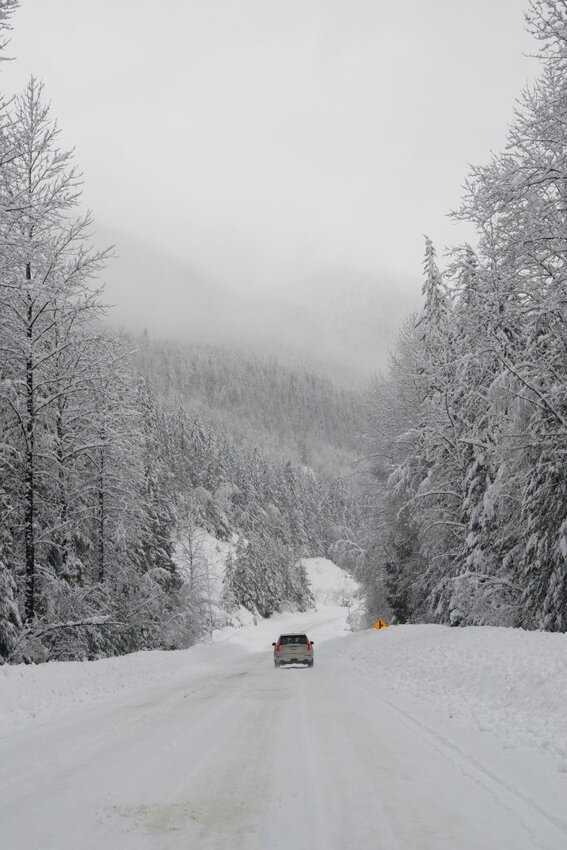
Q: The Washington State Patrol lists "alternative traction devices" that are approved for use when "Chains Required" signs are posted. However, the Washington Administrative Code (WAC) states that when chains are required "AWD vehicles will be exempt . . . provided that tire chains for at least one set of drive tires are carried in the vehicle." Does this mean I still need to carry chains and not just "alternative traction devices" when traveling on roads where chains are required, even if chains don’t work on my vehicle?
A: It’s been said that the most difficult job on a movie set is that of the script supervisor. It’s this person’s job to make sure that from shot to shot there is continuity to the film. They watch for, and sometimes miss, things like bullet holes that are already in the wall before the shooting happens (Pulp Fiction), a smashed up Porsche that is flawless in the next scene (Commando), and a sword injury that promptly heals itself (Die Another Day).
I sometimes wonder if there’s the equivalent job in the legal world; the person who makes sure that when a law is being written or updated, all the other related laws still make sense. I suspect there is, but like the movies, the laws don’t always come together as neatly as we’d like. After multiple readings of the several sections of the law covering traction devices, along with checking resources from the State Patrol and the Department of Transportation, I can understand the confusion.
The law has a provision for approved alternatives to tire chains (and they’re listed on the State Patrol website.) These products differ from metal chains in construction, material or design, but provide traction equivalent to that of traditional chains. They’re sometimes referred to as snow socks. As you mentioned, when “chains required” signs are posted, approved alternative traction devices can be used instead. And the law allows all wheel drive vehicles to hold off on installing chains when “chains required” signs are posted as long as the vehicle is equipped with snow tires or studded tires and chains are onboard. In this situation though, it doesn’t clearly state that you can have alternative traction devices on hand instead of chains, but just that you can use them on your tires instead of chains.
Thus, the most literal understanding of the law goes like this: If you drive an AWD car into an area where chains are required, and you install your snow socks, then you don’t have to carry chains. But if you have your snow socks in the trunk you also have to have a set of chains right next to them (even if your vehicle can’t use chains). That doesn’t make any sense, so I don’t think that’s the intention of the law. However, I’m not sure “because the law doesn’t make sense” works as a courtroom defense strategy.
Here’s what I think is intended by the law: If you have traction tires on your AWD car you don’t need to install your snow socks in a “chains required” area, as long as you have them with you. However, I’m not the one who gets to state that conclusively. That’s up to the judicial branch of government and, as far as I know, this question hasn’t come before any judges in Washington. That would suggest that either every driver passing through a “chains required” area in an AWD car carries a set of chains next to their snow socks, even if the chains don’t fit, or law enforcement is interpreting the law the same way I am.
The real takeaway though, is that whether it’s chains or an alternative traction device, make sure you’re prepared for whatever driving conditions you may encounter. x